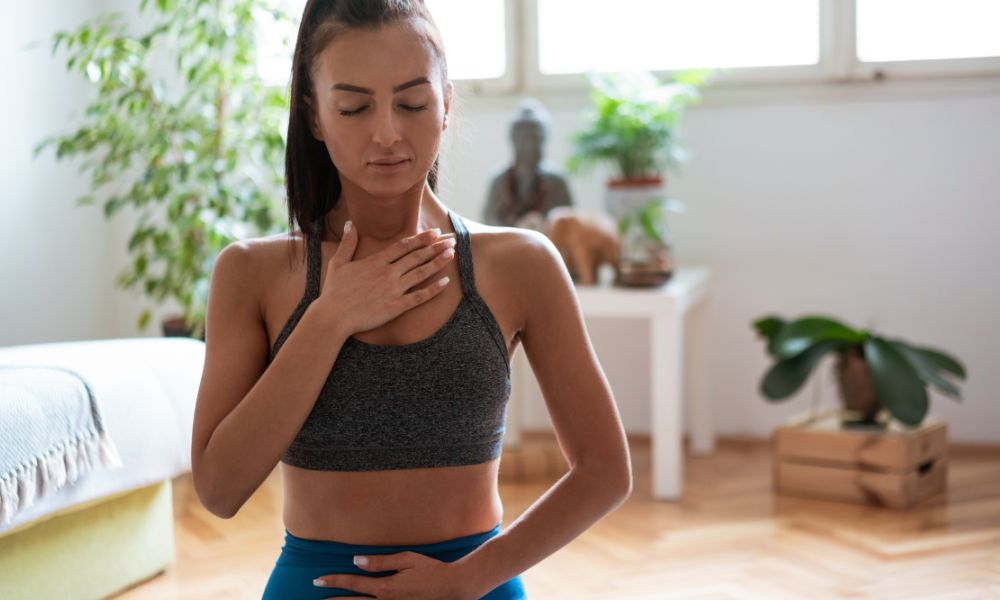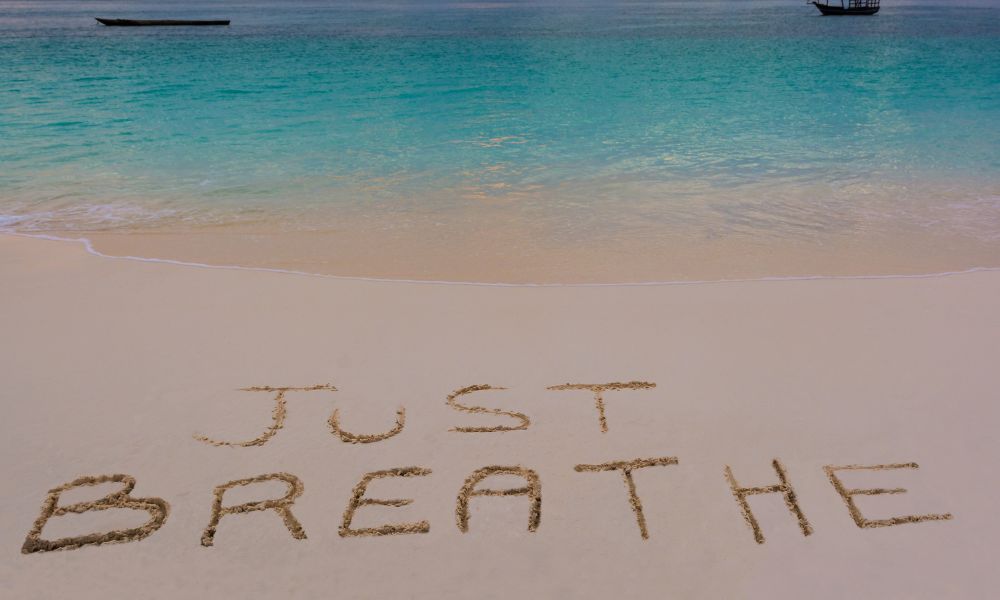Breathing is something we often take for granted, we do it so many times a day we just are so unconscious to it. But there really is more to the breath than we realise and many ancient modalities have focused on bettering their technique. Adult humans on average breath 12 to 16 times a minute and stressful lives can impact the depth of this breath.1
Breathing Is A Subtle Energy Force
To the Eastern traditions the breath is a subtle energy which has profound impacts on the bodies function as a whole. Their belief is that fixing the breath and balancing this part of our existence continues down the chain of command which effects other aspects of our lives. This may include our mood such as anxiety and depression, our exercising stamina and also our energy levels. Cells in the body require oxygen and other nutrients found in the air on Earth so utilising the breath can help to calm the body and revitalise the cells.
Pranayama Techniques
Pranayama is the fourth limb of Ashtanga yoga and can be translated to life-force control. This type of breathwork is often broken down into four sections which are inhaling (puraka), exhaling (rechaka), retention after inhaling (antara kumbhaka) and retention after exhaling (bahya kumbhaka). A study conducted with 50 individuals found that practicing this style of breathing greatly improved many health markers.2 Pranayama can help to improve blood pressure and heart rate as well as levels of cortisol.
Diaphragmatic Breathing For Stress Relief
The diaphragm is a large muscle that is located right under the lungs and it is this muscle which helps with deep breathing. When we are stressed this diaphragm can tighten and this shallow breathing can lead to more anxiety. This is because our body isn’t getting the oxygen it needs when we breath in this way. Diaphragmatic breathing can help to release the stress in this muscle and also encourage the body to use the full capacity of the lungs. In fact a recent report suggests that learning how to properly breathe through the diaphragm can greatly reduce feelings of stress and anxiety.3
How To Perform Diaphragmatic Breathing?
There are a few different ways you can perform diaphragmatic breathing but here is one way to get started.
- Start by lying on your back with both knees bent and feet flat on the ground. Place one hand on your stomach just below your ribs and the other on your chest.
- As you breath in slowly through your nose allow your stomach to expand against your hand. You should see minimal movement in the hand on your chest.
- Breath out through pursed lips as you draw your stomach back in. Feel the muscles between your ribs contract as you do this.
- Complete 10 deep breaths and notice how you feel afterwords.
Alternate Nostril Breathing For Balancing
There are many reasons to why we may become dependent on breathing through one nostril more than the other. But if this shift is out of balance for too long it can greatly begin to impact the subtle energies of the body. It is believed in ancient traditions that the left side of the body is the feminine and the right side is the masculine. Beginning with the breath and equal share of nostrils can help to signal the brain into a state of relaxation. A study featuring young adults found that using this form of breath work helped to reduce feelings of stress in the patients studied.4
A simple way to perform this alternate breathing is to hold your left nostril and breathe in your right for a count of 6. Then hold your breath in for 6 seconds before releasing your left nostril, holding your right nostril and exhaling out your left nostril for 6 seconds. Finally breathe in your left nostril for 6 seconds and then release and exhale out your right nostril. Complete 8 to 12 cycles of this and you should feel a better state of wellbeing almost instantly.
Tummo Breathing Is A Favorite For Monks
Tummo breathing is an advanced type of breath work that has been used by Tibetan monks for centuries. Tummo can be translated to inner heat and this form of breathing is said to help monks raise their body temperature at will. There are recorded scientific studies of this heating phenomena and other traditions believe this heating helps to dissolve trauma and stagnant energy in our bodies.5 We have attached a video from youtube that will help to demonstrate this ancient art of breathing that can rapidly transform your life.
Breathing Is Essential To Life – Begin Your Practice!
So there you have it, a wealth of information regarding the amazing benefits of practicing different styles of breathing. The breath is essential to our existence and without it there would be no experience of living. The heart pumps this valuable oxygen and nutrients around the body and giving it ample supply will greatly improve your sense of wellbeing and mood. Get on the breath today and you will not be disappointed by consistent practice.
Reference:







